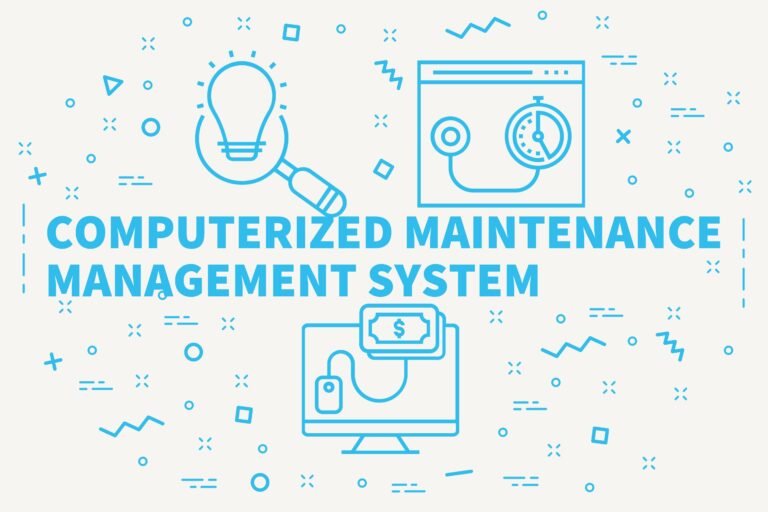How Do You Ensure Accurate ETA Calculations in Taxi Apps?
Estimated Time of Arrival (ETA) calculations play a pivotal role in the user experience of taxi applications, directly influencing how consumers perceive the dependability and efficiency of the service. Accurate ETAs are essential when you make a taxi app, as they not only increase consumer trust but also enhance operational efficiency by optimizing routes and reducing wait times. Inaccurate ETAs, on the other hand, can cause customer irritation, cancellations, and decreased app usage. In this article, we will explore the primary aspects influencing ETA calculations in taxi apps, problems associated with reaching accuracy, and effective strategies to ensure precise ETA predictions.
Importance of Accurate ETA Calculations
- Enhances User Experience: Accurate ETAs reduce uncertainty, making the ride experience smoother for passengers.
- Builds Trust: Consistently accurate predictions build trust between the user and the app, fostering brand loyalty.
- Optimizes Operations: Accurate ETAs help drivers manage time better, leading to more rides and increased revenue.
- Reduces Cancellations: Misleading ETAs often result in ride cancellations, affecting the overall efficiency of the platform.
- Improves Customer Satisfaction: With precise arrival times, customers are less likely to experience frustration, leading to higher satisfaction scores.
Key Factors Influencing ETA Calculations
To ensure accurate ETAs, taxi apps must consider several key factors that impact travel time:
- Traffic Conditions: Traffic congestion, road closures, and accidents can significantly affect travel times. Real-time traffic data integration is crucial.
- Distance and Route Optimization: Calculating the shortest or fastest route is essential, but the chosen path must also account for current traffic conditions.
- Weather Conditions: Weather events like rain, snow, or fog can impact travel speed and route safety, altering the ETA.
- Time of Day: Peak hours, such as rush hours, weekends, or special events, can lead to longer travel times due to increased vehicle density.
- Driver Behavior: Variations in driving speed, adherence to traffic rules, and stop times can influence the actual travel time.
- Road Type and Conditions: Highways, city streets, or rural roads have different average speeds and travel constraints.
- Pickup Location Challenges: Complex or crowded pickup locations, such as airports or downtown areas, can add to the waiting time before the trip starts.
Challenges in Ensuring Accurate ETA Calculations
- Dynamic Nature of Traffic: Traffic conditions can change rapidly, making it challenging to provide consistently accurate ETAs.
- Data Limitations: Incomplete or outdated map and traffic data can lead to errors in route and time predictions.
- GPS Inaccuracies: GPS data can be inaccurate due to signal loss, multipath errors in urban areas, or poor satellite visibility, affecting ETA calculations.
- Unforeseen Delays: Accidents, construction work, or unexpected road closures are hard to predict, causing deviations in ETAs.
- Variability in Driver Performance: Drivers’ varying driving habits and response times to traffic conditions can lead to discrepancies in ETAs.
- Weather Impacts: Sudden weather changes can slow down traffic, but predicting the exact impact on travel time remains complex.
- Complex Routing Decisions: For trips involving multiple potential routes, choosing the most optimal path can be computationally intensive.
Strategies to Ensure Accurate ETA Calculations
- Integration of Real-Time Traffic Data
- Description: Use real-time traffic data from services like Google Maps, TomTom, or HERE Technologies. This integration allows the system to factor in live traffic conditions such as congestion, accidents, and road closures.
- Benefit: This helps in dynamically adjusting ETAs based on the latest traffic patterns, ensuring more accurate predictions.
- Advanced Route Optimization Algorithms
- Description: Employ algorithms like Dijkstra’s or A* for route optimization, combined with real-time data to continuously evaluate the fastest route.
- Benefit: These algorithms help in finding the optimal path, reducing travel time and enhancing ETA accuracy.
- Machine Learning Models for Prediction
- Description: Machine learning models can analyze historical trip data to understand patterns, such as peak traffic hours and typical delays, and adjust ETAs accordingly.
- Benefit: These models improve the accuracy of ETAs by learning from past data and predicting future scenarios.
- Incorporation of Historical Data Analysis
- Description: Analyze historical data to identify patterns in traffic flow, weather conditions, and common route delays at different times of the day.
- Benefit: By recognizing patterns, the app can make more informed ETA adjustments based on past occurrences.
- Weather Data Integration
- Description: Integrate weather data APIs to adjust ETAs based on current and forecasted weather conditions, accounting for the slowdown caused by rain, snow, or fog.
- Benefit: This proactive approach allows the app to adjust predictions for safer and more reliable ETAs.
- GPS and Sensor Data Fusion
- Description: Combine data from GPS, accelerometers, and other sensors within the driver’s smartphone or vehicle to refine position accuracy and predict travel time more precisely.
- Benefit: Sensor fusion enhances location accuracy, particularly in areas with poor GPS signal, such as urban canyons or tunnels.
- Driver Behavior Monitoring and Feedback
- Description: Monitor driver speed, braking, and acceleration patterns to account for deviations from the expected travel time. Feedback loops can correct ETAs based on observed behaviors.
- Benefit: Understanding driver-specific variations allows for more personalized and accurate ETA predictions.
- Dynamic ETA Adjustment
- Description: Continuously update the ETA during the trip based on real-time changes in conditions, such as sudden traffic build-up or rerouting due to unexpected roadblocks.
- Benefit: Dynamic adjustments keep the passenger informed and reduce the chances of surprises.
- Use of Predictive Analytics for Peak Time Adjustments
- Description: Predictive analytics can help forecast peak traffic times, adjusting ETAs preemptively based on historical data trends.
- Benefit: This foresight can prevent underestimations during high-demand periods, providing more reliable arrival times.
- User Feedback Loops
- Description: Collect user feedback on ETA accuracy to identify patterns of inaccuracy and refine prediction algorithms accordingly.
- Benefit: This real-world feedback loop enhances the reliability of future ETA calculations.
Technologies and Tools for Accurate ETA Calculations
- Google Maps API: Offers real-time traffic data, route optimization, and location tracking, essential for accurate ETA predictions.
- HERE Maps: Provides robust traffic and route data services, including predictive traffic data, useful for future ETAs.
- OpenStreetMap: A free and customizable map source that can be integrated with other data sets for specific use cases.
- AWS Machine Learning Services: Tools like Amazon SageMaker can build and deploy predictive models that adjust ETAs based on various data inputs.
- Big Data Analytics Tools: Platforms like Apache Hadoop or Spark allow processing vast amounts of traffic and route data to refine ETA calculations.
- Weather APIs (e.g., OpenWeather, Weatherbit): Integrate weather data to factor in delays caused by adverse weather conditions.
Future Trends in ETA Accuracy Enhancement
- AI-Powered ETA Predictions: As AI continues to evolve, its ability to analyze vast datasets in real time will make ETA calculations more accurate than ever.
- Vehicle-to-Everything (V2X) Communication: This technology allows vehicles to communicate with each other and infrastructure, providing real-time data that can be used for even more precise ETA calculations.
- Edge Computing: By processing data closer to the source, edge computing can significantly reduce latency, leading to quicker updates and more responsive ETA adjustments.
- Integration with Autonomous Vehicles: As autonomous vehicles become more common, their precise driving patterns will allow for highly accurate ETA predictions.
Conclusion
Accurate ETA calculations are critical for the success of taxi apps, impacting user satisfaction, operational efficiency, and overall platform stability. By leveraging real-time data, complex algorithms, machine learning, and continuous feedback loops, developers can significantly improve the accuracy of ETAs. As technology advances, the combination of AI, V2X communication, and predictive analytics will further refine these predictions, resulting in a more seamless experience for consumers. The continued investment in these technologies will guarantee that taxi apps not only meet but surpass customer expectations, setting new benchmarks in the ride-hailing sector.






